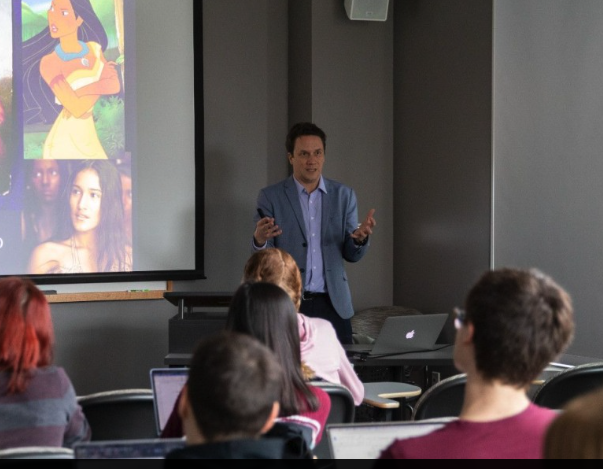Letter to Teachers
Welcome to the Stolen Relations website and curriculum!
This tribally collaborative project seeks to bring light to the long and often hidden history of Native American slavery in U.S. history. We know you are busy, so we have assembled materials that we hope will allow you to pick and choose relevant items for your classroom.
Dear Educators,
Welcome to the Stolen Relations website and curriculum! This tribally collaborative project seeks to bring light to the long and often hidden history of Native American slavery in U.S. history. We know you are busy, so we have assembled materials that we hope will allow you to pick and choose relevant topics for your classroom.
Although the history of Native American slavery might not be familiar to you and your students, this project helps demonstrate its centrality to American history (and the history of all of the Americas as well).
Although the usual story of slavery in U.S. history starts with African slavery in 1619 and runs through the end of the American Civil War in 1865, the lesson plans and documents on this site help to show that Native American people were enslaved from the moment of contact with Europeans in 1492 and were continually stolen and coerced into labor in every era of American history through the end of the nineteenth century (and beyond, if one considers the history of boarding schools).
We are building a curriculum that follows the themes and topics of U.S. history surveys, including what would normally be taught in AP U.S. History. It is not designed to be taught as a separate, stand-alone curriculum. Instead, we envision that you could use it selectively, alongside topics and courses you are already teaching. The goal is to supplement the excellent work that you are already doing. We have intentionally tied these lesson plans to various Rhode Island state and national educational standards, which are highlighted at the start of each unit and lesson plan.
The complete Stolen Relations Educate curriculum will include five units that follow the timeline of American and Native American slavery. We start with the origins of American slavery in the fifteenth century and end with discussions on Native American boarding schools during the early twentieth century. Each unit will have its own thematic essential questions (about land, relationships, causes of war, etc.) that relate to Native American slavery. We urge teachers to return to the essential questions often. For each unit, there are lesson plans that contain suggested readings for the teacher and slide decks for in-class use, along with primary sources and reflection activities for students. Activities and discussion-based lessons come with recommended time slots and chronology to help teachers organize their classroom time.
Furthermore, each lesson has its own group of specific essential questions about the historical era, covering key figures and dates. The last lesson for every unit is a formative assessment that ties all the questions together. Students can prepare for this by filling out the Pre-Lesson and Post-Lesson worksheets attached to every lecture-based lesson. This will allow them to keep track of their learning. You are free to use and modify any and all of this curriculum for your purposes.
A quick note on the various images in the slideshows and worksheets: Due to the nature in which many of the images and artwork have been created, we ask educators to push students to analyze the images and talk about the biases within historical archives. We suggest treating each image as a primary source. Talk about whose perspectives are present and absent.
The core of the Stolen Relations website (the Explore page) can also easily be used in the classroom. Using the filters, students can search for specific time periods, tribal nations, or locations. The transcriptions provided (often with an image of the original source) allow students of all ages to access these materials. There are also many other ways to engage students, including through stories, the timeline, and the maps.
Even beyond the archival documents and stories, there are ways to raise questions about the archives and historical documents themselves, including the perspectives they included and omit, the information that is either erased or ignored (like tribal affiliations), and even questions of race.
Please be aware that some of these documents and histories are heavy, and the content difficult, especially for Native American students or students of color. For many descendent communities, these histories are not just past; they continue to affect people through historical trauma. We suggest reviewing our “Teaching about Indigenous Enslavement” page.
Thank you for reading and for using these
materials! We hope you find this curriculum useful.
Sincerely,
The Stolen Relations Team
